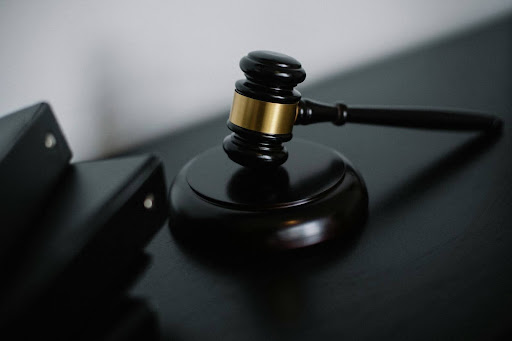We have all seen it in the movies: someone slips on the wet floor, falls anything but gracefully, and threatens to “sue the place.” Frankly, in the real world, especially in New York, slip and fall cases are serious matters of the law. Is it true that someone slips, falls, and gets to sue? It depends.
Come learn about the legal foundation for slip and fall lawsuits in New York’s public and private spaces.
Legal Basis: Premises Liability
Slip and fall incidents fall under the broader legal category called premises liability. Property owners, be they private parties, business owners, or public officials, are bound by law to see that their premises are reasonably safe. If they fail, and an individual gets injured by reason of such failure, they may be liable for such injuries.
Unmissable components of a legitimate slip and fall claim
Have you been able to prove, generally, in New York, that:
- Dangerous Condition: there was a hazard, such as ice, spilled liquid, or broken steps.
- Notice: The owner of the property should have been aware of the danger.
- Inaction: The owner did not take action to address the issue in a timely manner.
- Injury: you were directly injured by the hazardous condition.
Once you are able to show these elements, then you basically have a winning case.
Public vs. Private Property
Private Property (e.g., restaurants, stores, houses):
Owners are responsible for regularly checking and maintaining their property. If you slip and fall on a wet floor in a store, and there was no posted warning sign, the store might be responsible—particularly if the condition had been present long enough that employees should have seen it and fixed it.
Public Property (e.g., sidewalks, government buildings):
It’s more involved. In New York City, for instance, nearby property owners are usually responsible for repairing the sidewalk. But if your slip and fall is on public property, you generally have to submit a Notice of Claim within 90 days before you can sue a public agency. Timelines and formalities are important here. If required you can take help from a slip and fall attorney in New York city for better guidance.
Comparative Negligence in New York
New York has a comparative negligence principle. What this means is that in the event that you were partially to blame—e.g., texting as you walked—your award would be cut proportionately. If you were 30% at fault, your award would be cut by that percentage.
What to do if you Slip and Fall
- Seek Medical Attention: Your health is first, and medical records validate your claim.
- Document the Scene: Photographs, take witness statements, and report the accident.
- Seek an Attorney: Deadline applies, and legal assistance can help your rights be preserved.
Last Word
Not all slips and falls will result in a lawsuit—but when property owners are negligent, and you’re hurt as a result, you might have a claim. Be aware of your rights, document all, and seek a professional.
Need legal advice? NYLawnet is here to match you with skilled slip and fall lawyers throughout New York.
Disclaimer: This blog does not provide legal advice; it is merely informational. Consult a qualified lawyer about legal matters.


